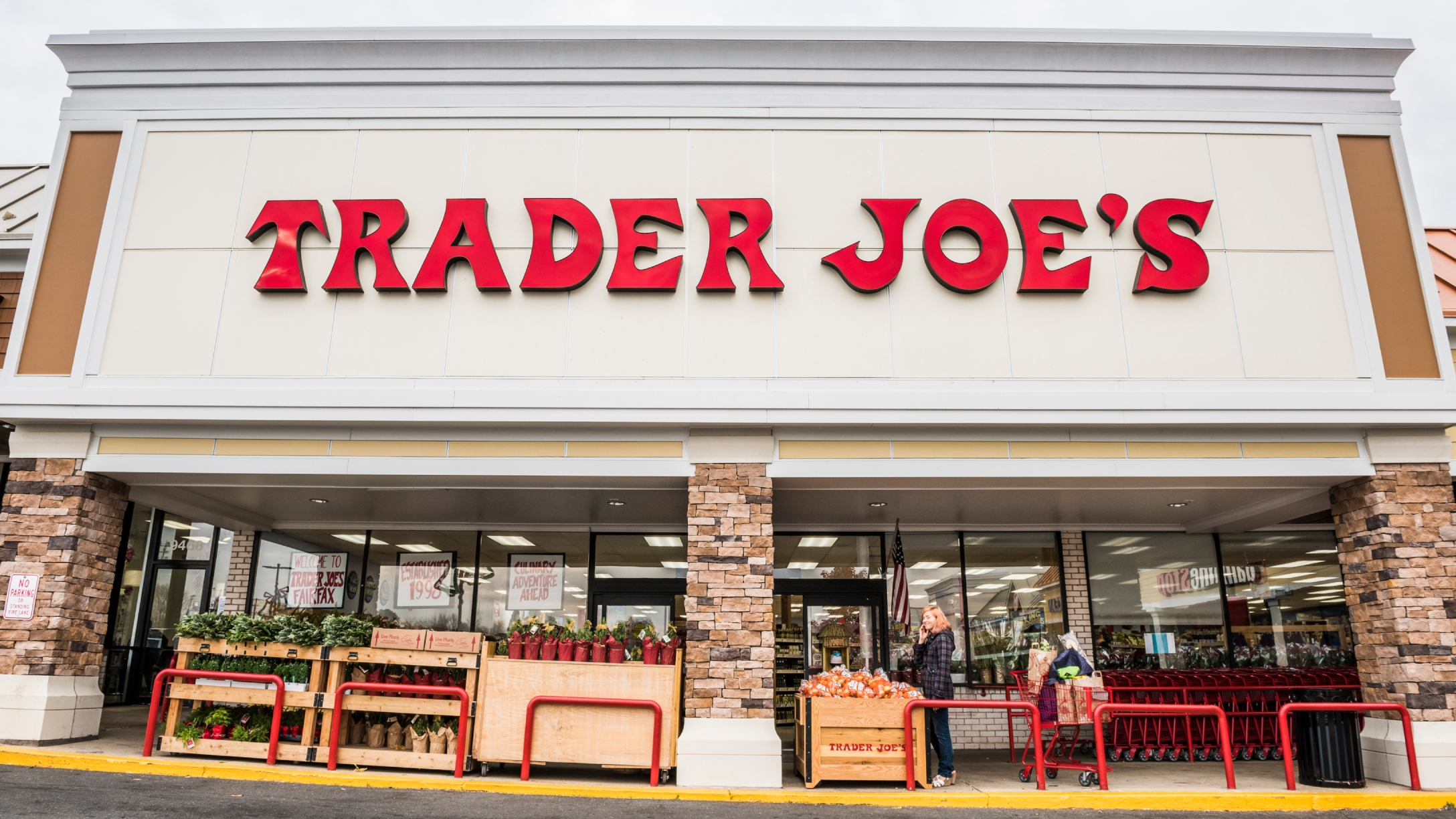
Most American families will tell you they are feeling the effects of inflation on their bank account everywhere, from the gas pump to the grocery store. Social media accounts seem to be popping up every day, teaching people how to shop smarter and to use coupons and discounts to get the biggest bang for their buck. As moms, we know how expensive it is to feed our kids, and sometimes, we have to say no at the store because prices have just gotten way too high.
A California shopper recently shared his Trader Joe's receipt after a shopping trip to feed his six children. The total was $444, and X users were both shocked and horrified at how much this man was spending just on food.
More from CafeMom: Mom's Costco Meat Hack Is Saving Her Hundreds on Meals for Her Family
Trader Joe's is a specialty grocery store.
Shopping at Trader Joe's is different from shopping at a big supermarket or a store like Walmart. Although its prices are often low on things such as produce and cereal, it specializes in organic fair and offer many packaged meals that are more expensive. The dad's receipt was posted on X by @PicturesFoIder and was captioned, "How much is costs to fee 6 kids."
In the video, the dad explains these groceries will last him less than two weeks.
He claims this haul was for about a week and a half of groceries, meaning his monthly bill would be nearly $2,000. The post was viewed 17.5 million times, and eagle-eyed X users keyed in on a few things.
One person noticed the dad purchased a lot of prepackaged items. "Trader Joe's is cheap, but this person didn't buy anything to cook. It's all prepared stuff, which is always more. Buy ingredients and make food," the person wrote.
Someone else pointed out the dad chose pricey items. "He went to Trader Joe's, the first mistake. Second, nearly half of everything on the list is organic, which is a luxury. Also things like Gnocci Alla Sorrentina, surfine capers, and Brazil nut body wash (!)? If he's going to cry about prices, at least have some buying discipline," the person wrote.
A lot of people thought the dad could have saved money.
Plenty of people pointed out that Trader Joe's isn't the most economical place to grocery shop for a large family. Several X users recommended that the dad try a different place to buy groceries.
This person suggested a warehouse club: "Shopping at Trader Joe's instead of Costco with 6 kids is insane."
And this person liked an increasingly popular store, pointing out, "Would cost 1/3 that at Aldi."
Other parents with big families had suggestions as well.
One person thought the dad just needed to do more cooking.
“I have four kids. With a simplified shopping list, including flour, butter, milk, oat grains, honey, rice, two whole chickens, cocoa powder, eggs, medium cheddar, ground beef, and olive oil, raisins, coffee beans I spend around $100-150," the person wrote. "This selection enables me to prepare ten times the amount of food compared to purchasing ready-made products at the store, which would cost $1,000 or more. And it tastes better.”
Another mom shared her high grocery bill, but it was from Walmart and included a lot more than the father of six's haul.
"Doesn't even touch our grocery bill with 4 kids still at home. This was last night. (Granted, we do buy our non-food items at the same time)," she wrote.
More from CafeMom: Single Mom Silences Strangers Mom Shaming Her for Bringing Kids to the Grocery Store
Grocery prices have risen dramatically in the last few years.
According to the US Department of Agriculture, food prices rose 25% from 2019 to 2023 because of several factors.
"Food price increases in 2020–21 were largely driven by shifting consumption patterns and supply chain disruptions resulting from the Coronavirus (COVID-19) pandemic. In 2022, food prices increased faster than any year since 1979, partly due to a highly pathogenic avian influenza outbreak that affected egg and poultry prices and the conflict in Ukraine which compounded other economy-wide inflationary pressures such as high energy costs," the USDA notes. "Food price growth slowed in 2023 as wholesale food prices and these other inflationary factors eased from 2022."




